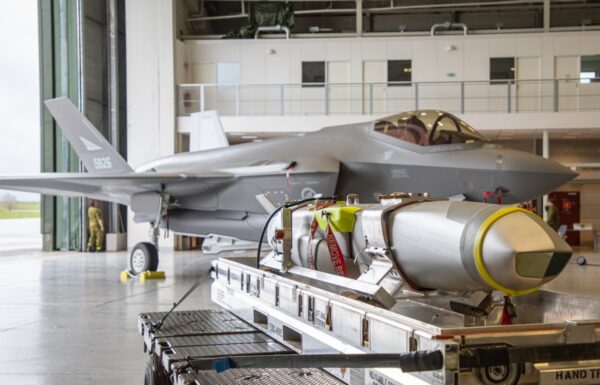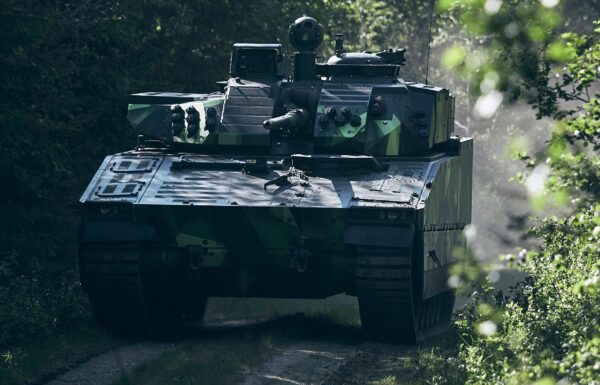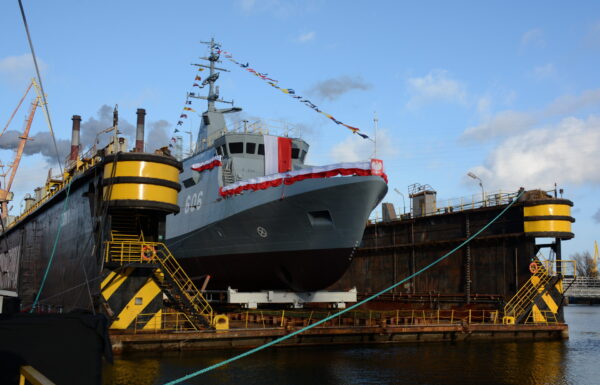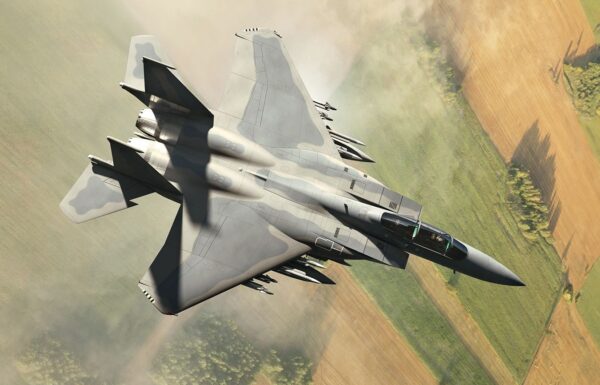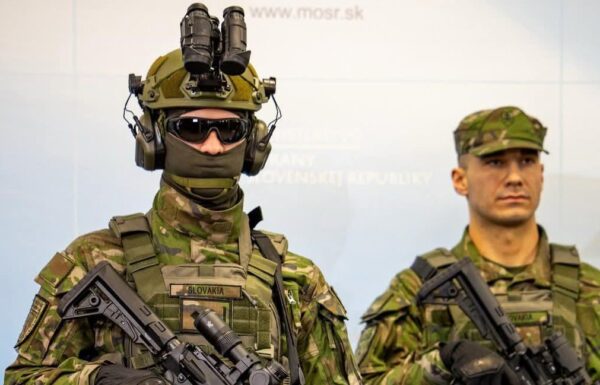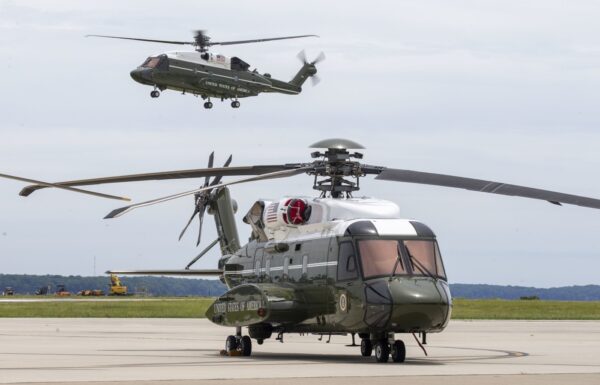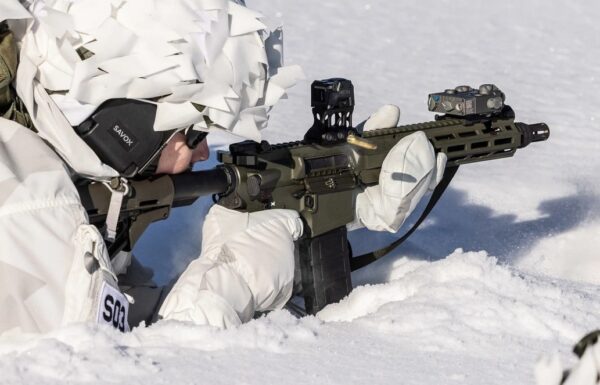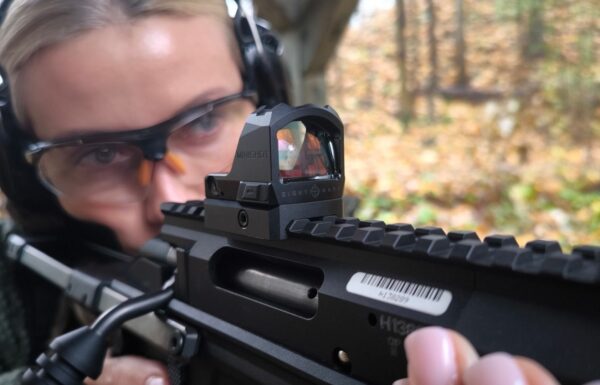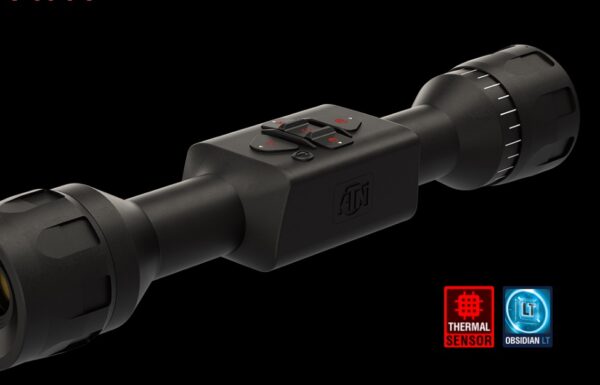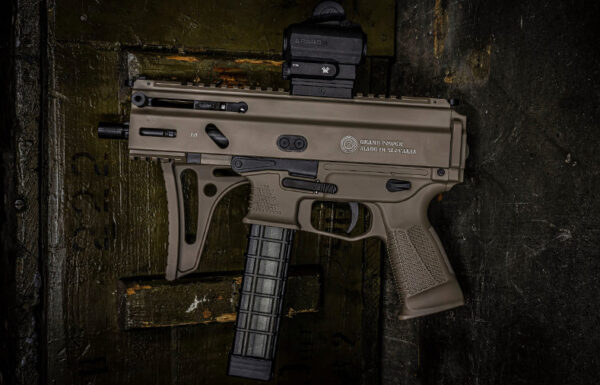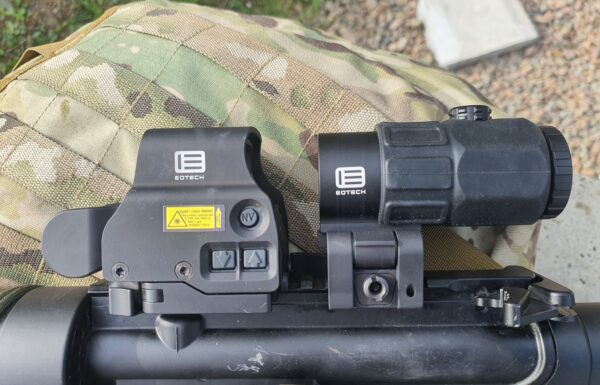The Bayraktar TB3, first publicly unveiled in Turkey in March 2023, represents a technological advancement of the well-known and commercially and operationally successful Bayraktar TB2, which is also operated by, among other countries, Poland. The key innovation is that the TB3 was specifically designed to operate from the decks of aircraft-carrying naval vessels—such as the Turkish multipurpose amphibious assault ship Anadolu (L400).
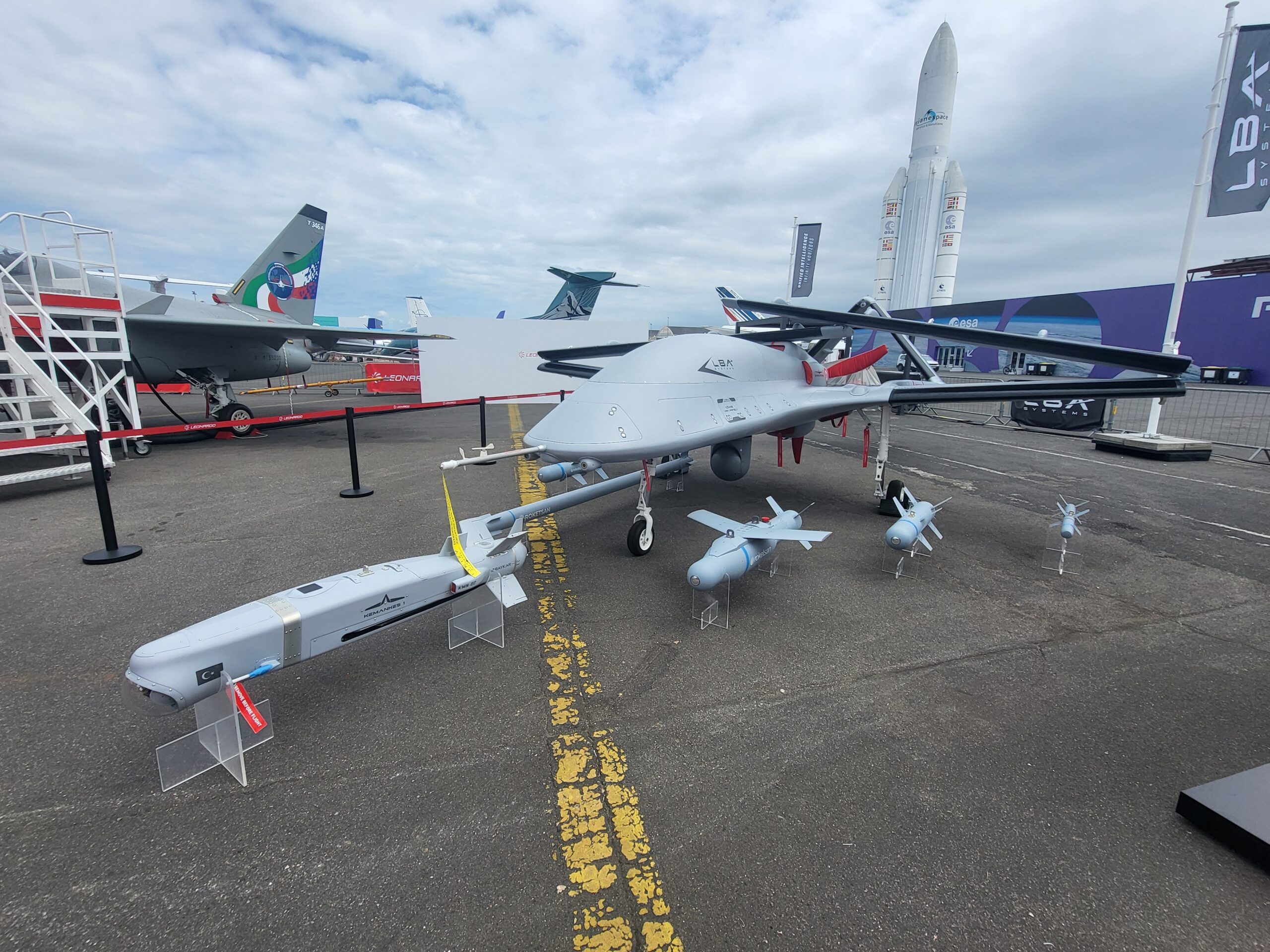
Compared to its predecessor, the TB3 features larger dimensions and greater weights—including its empty, takeoff, and payload weight. It also offers an increased number of weapon hardpoints, from four to six, capable of carrying both munitions previously integrated with the TB2 and new types. The maximum payload of combat armaments can reach up to 280 kg.
To facilitate carrier-based operations, the TB3 is equipped with foldable wings. The naval version of the Bayraktar TB3 measures 8.35 meters in length, with a wingspan of 14 meters (compared to 6.5 and 12 meters, respectively, for the TB2). The maximum takeoff weight has been increased to 1,450 kg (650 kg for the TB2). The aircraft is powered by the PD170, a turbocharged diesel engine developed by TUSAŞ Engine Industries (TEI). It delivers 165 horsepower at an altitude of 6,100 meters and drives a three-blade pusher propeller. The PD170 is a new, lightweight design that, thanks to its dual turbochargers, maintains high power output even at elevated altitudes. It can still provide 90 horsepower at an altitude of 12,200 meters. The use of a more powerful engine enables the TB3 to reach a maximum speed of nearly 300 km/h and a cruising speed of 230 km/h.
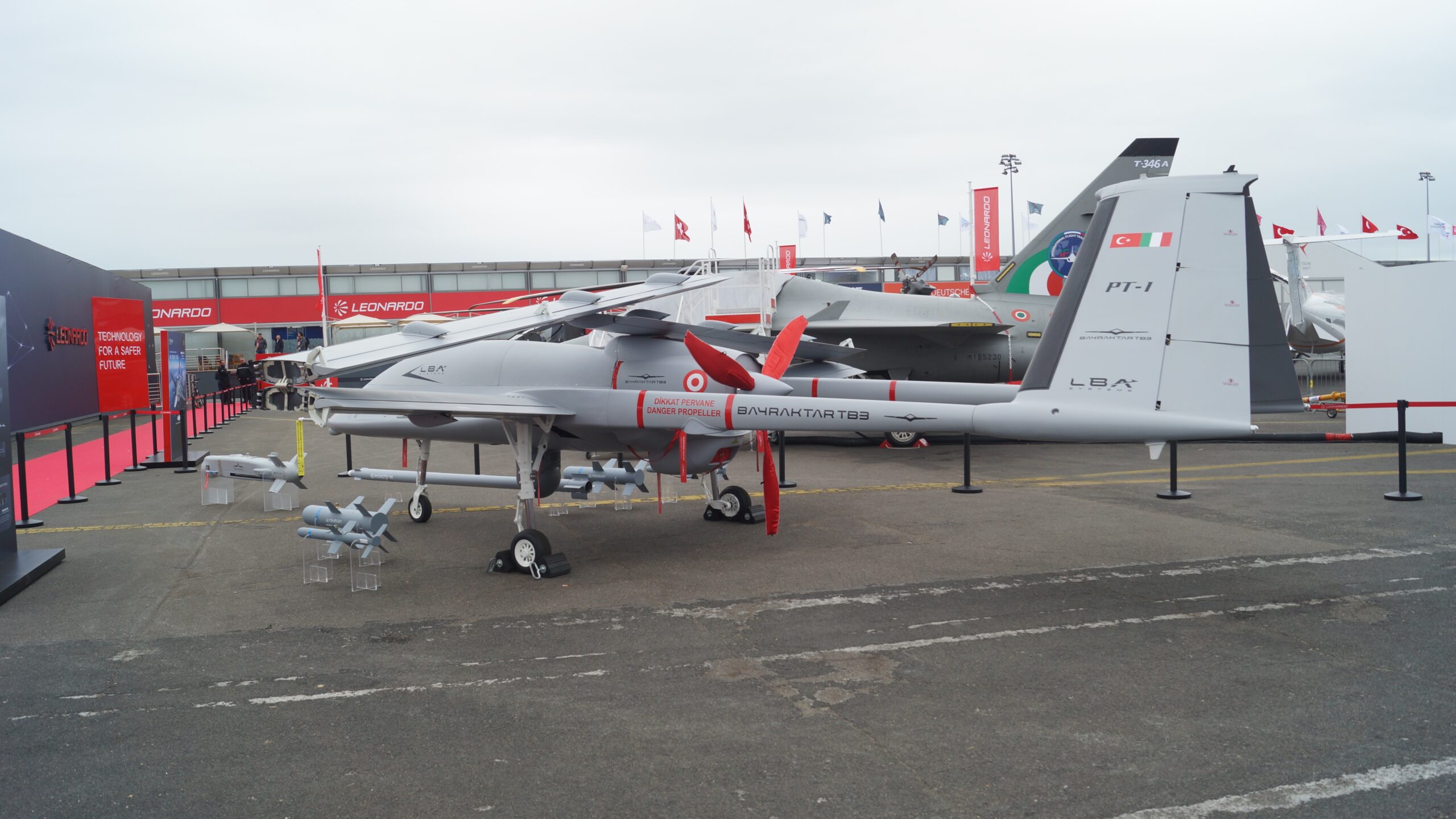
To facilitate carrier-based operations, the aircraft is equipped with foldable wings / Photos: Radosław Niesobski
The primary sensor system on the TB3, designed for detecting targets at distances of up to 20 km, is the Aselsan CATS (Common Aperture Targeting System) electro-optical turret. This Turkish system replaces the previously used MX-15D (by L3 Wescam) known from the TB2.
Following the example of Russian and British solutions, takeoff of the TB3 from the deck of the Anadolu is assisted by a ski-jump ramp integrated into the ship’s structure. Landing recovery is expected to rely solely on the propeller’s reverse thrust, made possible by the length of the flight deck. In emergency situations, a safety net will be deployed. So far, flight operations have been conducted exclusively from the Turkish vessel. However, during the Air Show, representatives of the Italian branch of LBA Systems announced that a series of test flights is soon planned from an Italian naval platform equipped with a flight deck.


